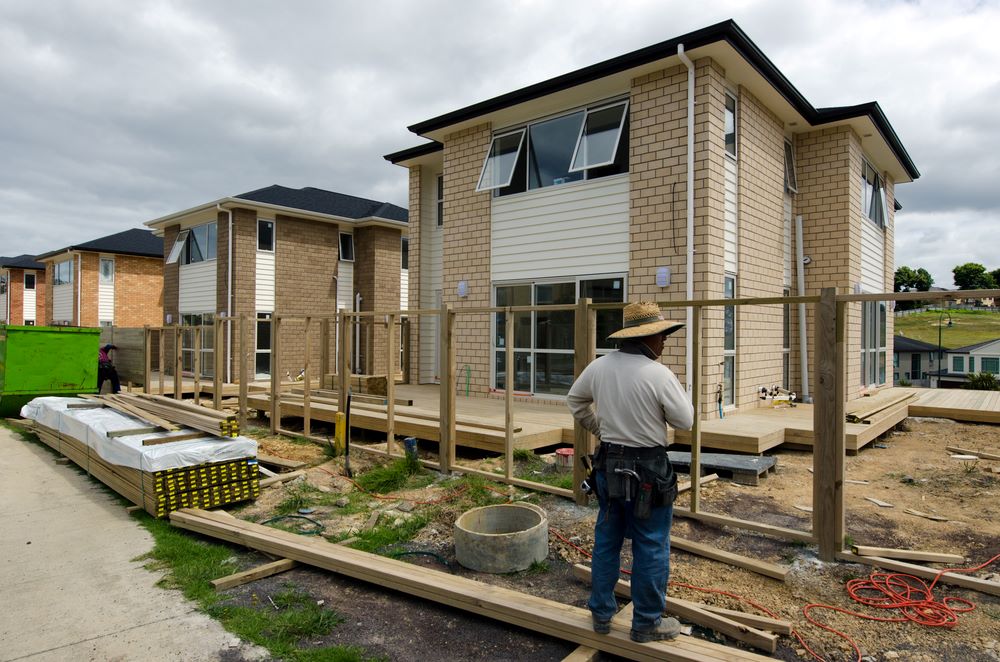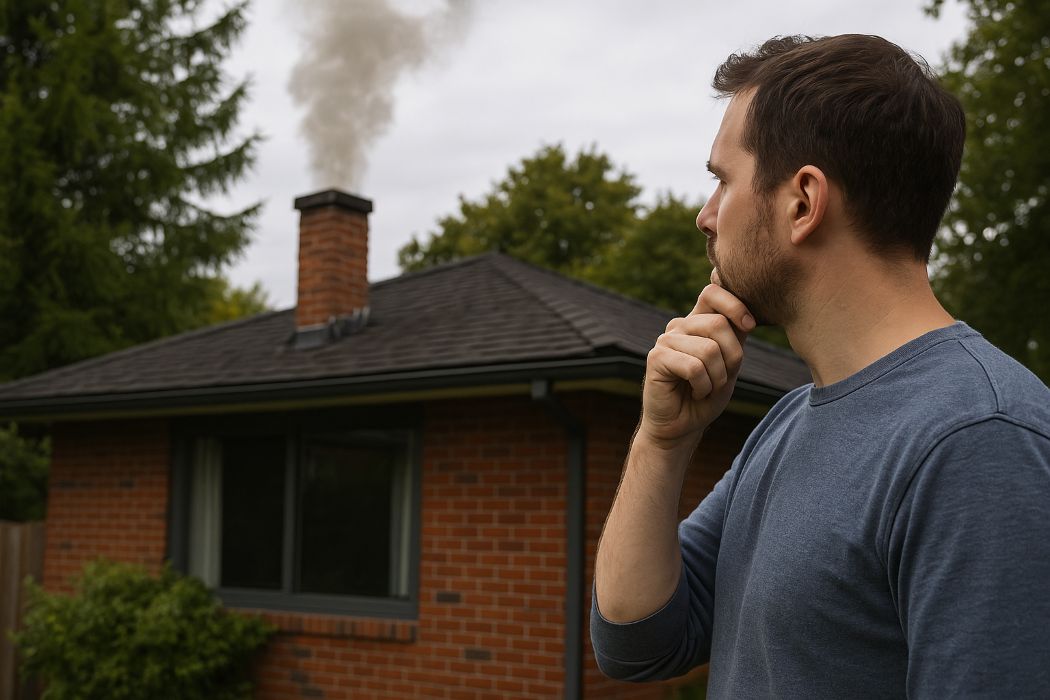Security cameras are designed to protect your property, but many fail early not because of faulty tech, but because of environmental exposure. Moisture, heat, UV rays, insects, and air quality all play a role in degrading even the most well-rated systems. Over time, these stresses lead to a drop in clarity, reliability, and ultimately, trust in the system meant to safeguard your space.
This article explores how weather and environmental conditions, especially in the Waikato region, impact the long-term performance of outdoor cameras. Whether you’re installing systems professionally or managing your own home setup, understanding these issues is key to ensuring reliability when it matters most. With a bit of planning and ongoing maintenance, many of these issues can be avoided entirely.
TL;DR
- Environmental stress is a major contributor to performance drop-off in outdoor cameras
- Waikato’s humid, changeable climate accelerates wear on entry-level systems
- Moisture, UV exposure, and insect interference are common and often preventable causes of failure
- Choosing the right materials, placement, and weatherproof ratings makes a measurable difference
- Small maintenance habits extend system life and performance, reducing long-term costs
- Professional-grade installations often outlast DIY setups due to better weatherproofing and placement strategy
Why Environmental Stress is a Leading Cause of Failure
Outdoor cameras don’t usually stop working overnight. The decline often begins subtly: hazy images, patchy night vision, or motion detection errors. Over time, these symptoms escalate, leading to full failure. Sometimes it’s written off as a bad camera, but the truth is usually more about how it’s been exposed to the elements.
In most cases, it’s not a hardware flaw. It’s environmental exposure. Moisture finds its way into seals. Daily temperature swings cause expansion and contraction, stressing joints and gaskets. Dust and insects infiltrate vents and sensors. Without intervention, these factors degrade image clarity and device reliability long before the manufacturer’s expected lifespan. Combine this with suboptimal installation, like poor angles, exposed cables, or non-rated mounts, and the lifespan shrinks dramatically.
In fact, professional installers know that environmental damage is the most common reason for callbacks and service issues. It’s not just about getting the gear online. It’s about keeping it working year after year.
What Waikato Conditions Do to Security Cameras
In Hamilton and across the wider Waikato region, security cameras face a uniquely challenging environment. High rainfall, elevated humidity, summer UV, and dense rural dust all contribute to the problem. Even well-rated cameras can show wear faster here than in drier or more temperate areas.
Typical issues include:
- Condensation inside camera housings, particularly in early mornings
- Corrosion at cable joints and connectors due to persistent damp
- Lichen or mould growing on fixed mounts or under shaded eaves
Even in urban areas, pollen, fine particles, and insects are drawn to the warmth of powered devices. Left unchecked, these intrusions reduce performance and shorten service life significantly. It’s not uncommon for homeowners to find their cameras working fine one month, then failing during a crucial moment after a string of wet days or a heatwave.
Understanding these regional factors is essential. What works in Auckland or Queenstown might not hold up in Waikato’s moisture-heavy microclimates.
Common Environmental Risks That Degrade Camera Systems
1. Exposure to Weather
- Rain and moisture penetrate compromised seals, leading to internal fogging and short circuits
- Wind-driven dust accumulates inside vents, affecting fanless cooling systems and image sensors
- UV radiation damages plastic components, causing brittleness and discolouration
- Frost and dew buildup overnight, especially on south-facing gear, exacerbates lens clarity issues
2. Physical Interference
- Insects and spiders often nest inside camera housings or IR ports, disrupting sensors
- Pollen and fine dust can coat camera lenses and block night vision LEDs
- Bird droppings on lenses can distort image quality and damage coatings
3. Thermal and Electrical Stress
- Thermal cycling causes repeated expansion and contraction, weakening housing integrity
- Power spikes or instability during storms can damage low-spec boards without surge protection
- Overheating during summer can trigger system shutdowns or pixel distortion if not well ventilated
What Durable Camera Design Actually Looks Like
Not all security cameras advertised as “weatherproof” are created equal. Field data shows significant variation in how well devices withstand real-world exposure. A product may look sturdy online but fall short in performance once installed on a damp fence post in a rural paddock.
Understanding IP Ratings
IP ratings indicate dust and water resistance, but they’re often misunderstood. Many lower-end products claim IP65, which is splash resistance, but aren’t sealed for long-term outdoor use.
- Minimum standard: IP66 or above for outdoor surveillance
- High exposure areas: Look for IP67 or IP68 for long-term reliability
- Impact-prone areas: IK10-rated casings prevent damage from tampering or vandalism
Material Construction Matters
Resilient camera bodies and mounts are essential in environments like Waikato:
- UV-stabilised polycarbonate or aluminium housings resist sun damage
- Stainless steel mounts prevent rust, especially in coastal or high-humidity zones
- Rubberised gaskets offer better long-term seal integrity than plastic snaps
- Weather-resistant cabling should always be used outdoors. Regular Ethernet isn’t designed for prolonged sun and water exposure
Smart Installation Techniques
Placement plays a critical role in long-term performance:
- Position cameras under eaves or soffits where possible
- Avoid south-facing positions that bear the brunt of prevailing weather
- Use downward angles to prevent pooling water on housings or lenses
- Ensure cables enter from the bottom of the camera to prevent water ingress
These aren’t a nice to have. They make the difference between reinstalling every 18 months or every 6 to 8 years. It’s the kind of detail that separates a short-term fix from a long-term security solution.
Early Warning Signs of Environmental Wear
Even high-spec systems need periodic checks. Key indicators that your cameras may be failing include:
- Condensation or visible fogging inside the lens
- Image degradation at night despite clean lenses
- Rust or corrosion around brackets or cable junctions
- Motion alerts triggered by spider webs or debris
- Discolouration of plastic casings indicating UV fatigue
- Random disconnects in rainy or windy weather due to compromised seals or cable damage
These signs are subtle at first but tend to show up when you need the system most. Addressing them early avoids more costly repairs later.
Maintenance That Preserves Camera Integrity
Camera systems don’t require heavy upkeep, but neglect invites problems. Basic maintenance significantly improves both performance and longevity.
Monthly Visual Inspection
- Wipe down lens covers with a microfibre cloth
- Inspect mounting brackets for rust or looseness
- Clear away spider webs or visible insect activity
- Check for visible water ingress marks around seals or joints
Seasonal Checks (Every 4 to 6 Months)
- Check for seal degradation or signs of internal moisture
- Review footage for clarity issues, particularly at night
- Test live feeds during rain or high humidity conditions
- Inspect cable insulation for cracking or UV damage
Professionally installed systems often include better housings and mounting techniques. Even these benefit from basic maintenance. For many households and businesses, scheduling these checks alongside other seasonal upkeep tasks, like gutter cleaning or smoke alarm tests, is an efficient way to stay protected.
Why Low-Cost Cameras Often Cost More Long-Term
Budget camera systems may look like a deal upfront, but they’re often not designed for New Zealand conditions. Entry-level gear often lacks sufficient IP ratings, seal quality, or thermal resilience.
In regions like Hamilton, the real cost of cheap cameras includes:
- Frequent replacements every 12 to 24 months compared to 5 to 7 years for higher-grade systems
- Loss of evidence due to poor footage in critical moments
- Unexpected downtime and reinstallation labour
- Increased insurance risk if claims rely on missing or unusable footage
Investing in weather-resilient gear and having it installed by professionals who know local conditions is almost always the smarter move. Over the lifespan of a property, it works out cheaper, more reliable, and far less frustrating.
For homeowners looking to boost reliability after dealing with weather-damaged systems, smart alarm upgrades offer a future-proof solution that complements durable camera installations
What Experienced Installers Know That DIY Misses
DIY set-ups can save a bit of money but often skip over crucial weatherproofing details. Common field issues include:
- Cameras mounted too close to gutters or roof runoff
- Non-rated cables exposed to UV and rain
- Gaps around mounting points where moisture seeps in
- Inadequate cable seals that lead to water ingress during storms
Professional installers with regional experience know where systems fail and how to prevent it. They’ll also understand how to integrate gear into existing alarm or smart systems, which helps protect property long-term.
Beyond the install itself, a good security technician will consider things like wireless interference, signal strength during storms, and long-term maintenance needs. All of these impact whether a system performs well three years from now.
Final Word: Gear That’s Built to Last
The harsh reality is this. Most camera failures in the Waikato are preventable. Environmental stress is a constant, but it doesn’t need to shorten your system’s life.
When you choose systems built for our climate and install them using proven practices, you get reliable footage, lower maintenance, and long-term protection. And when that system quietly does its job for five or more years without fuss, you’ll know it was worth it.
For those who value peace of mind, it pays to think beyond price tags and focus on durability, placement, and long-term reliability. Because when it comes to security, consistency matters more than flash. The best systems are the ones you forget are even there, quietly protecting what matters most.


